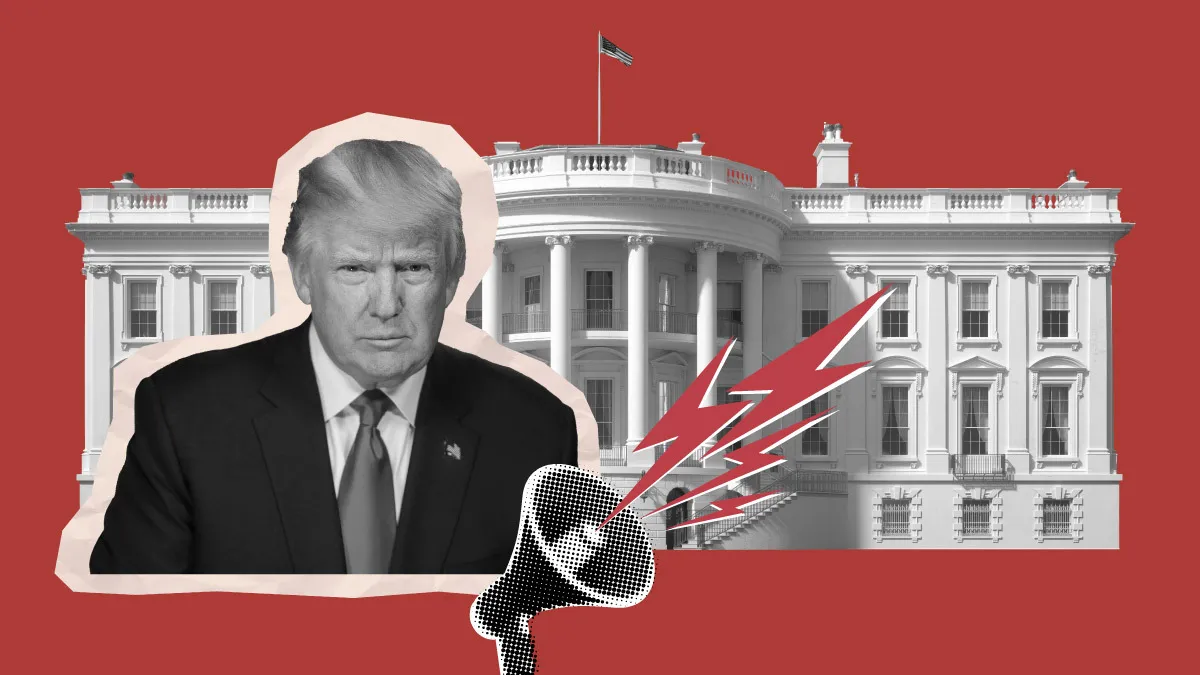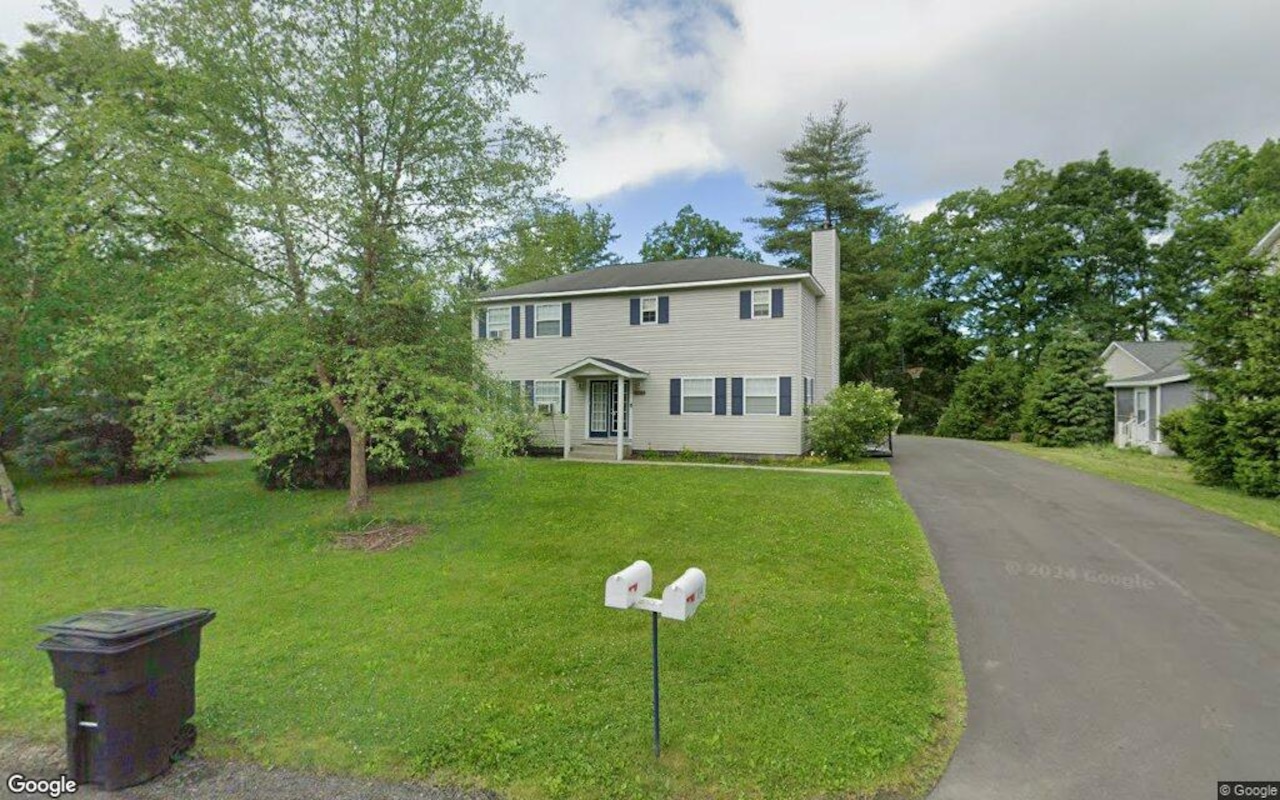P
resident Trump's priorities for housing in his second term began to take shape on his first day in office. His executive order tackling inflation and housing relief aims to deliver emergency price relief, increase prosperity, and create employment opportunities for American workers. The memo specifically addresses housing, stating that regulatory requirements account for 25% of the cost of constructing a new home.
Trump's plan to reshape federal agencies and regulators will influence economic factors. He has pledged to sign up to 100 executive orders on his first day in office, including initiatives related to immigration, energy, climate change, inflation, and miscellaneous topics. Trump is anti-regulation and has promised to cut government spending. His Department of Government Efficiency (DOGE) aims to reduce unnecessary administrative expenses.
Trump's nominees for federal departments and regulatory agencies will play a crucial role in shaping his housing policies. Scott Turner, the nominee for HUD Secretary, has experience with opportunity zones and plans to eliminate inefficiencies within the department. Bill Pulte, Trump's pick for FHFA director, is seen as a "friend to the industry" due to his family ties to homebuilding.
The fate of the CFPB remains uncertain, with Musk calling for its deletion in November. The search for a new director may be complicated by promises of regulatory cuts. Tariffs are also a concern for the housing industry, particularly for homebuilders who faced significant costs during Trump's first term due to tariffs on Canadian softwood lumber.
Trump's plan to freeze government hiring and prevent new federal regulations will likely have an impact on the housing market. His nominees for HUD Secretary and FHFA director aim to reduce regulatory burdens and increase efficiency within their respective departments. The outcome of these efforts will be closely watched by professionals in real estate, mortgage, title, appraisal, and homebuilding.
Trump's executive order on inflation includes pursuing actions to lower the cost of housing and expand housing supply. He also aims to eliminate unnecessary administrative expenses and rent-seeking practices that increase healthcare costs. The memo specifically addresses housing, stating that regulatory requirements account for 25% of the cost of constructing a new home.
The Trump administration has identified HUD as an agency targeted for massive budget cuts. Scott Turner's nomination for HUD Secretary is seen as a step towards reducing inefficiencies within the department. Bill Pulte's appointment as FHFA director may lead to changes in the agency's goals and priorities, particularly given his family ties to homebuilding.
The CFPB remains a target of Trump's administration, with Musk calling for its deletion in November. The search for a new director may be complicated by promises of regulatory cuts. Tariffs are also a concern for the housing industry, particularly for homebuilders who faced significant costs during Trump's first term due to tariffs on Canadian softwood lumber.
Trump's plan to reshape federal agencies and regulators will influence economic factors. His nominees for HUD Secretary and FHFA director aim to reduce regulatory burdens and increase efficiency within their respective departments. The outcome of these efforts will be closely watched by professionals in real estate, mortgage, title, appraisal, and homebuilding.














